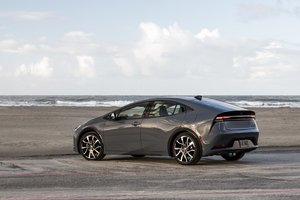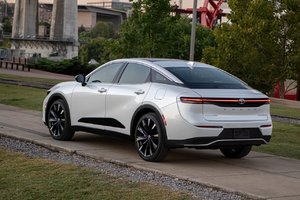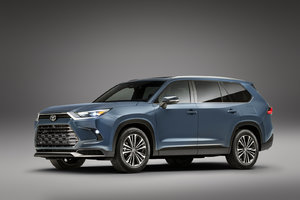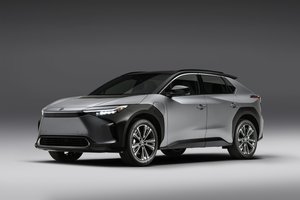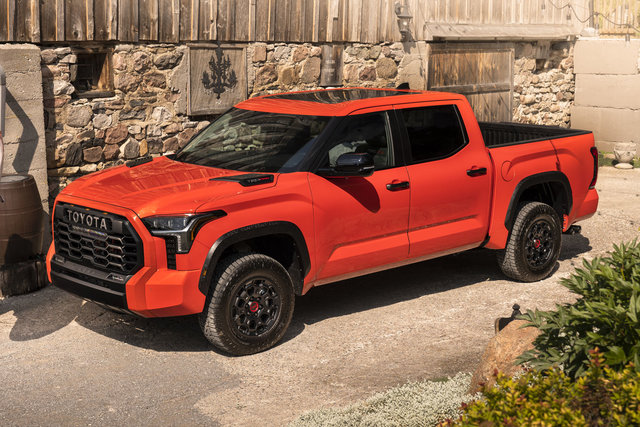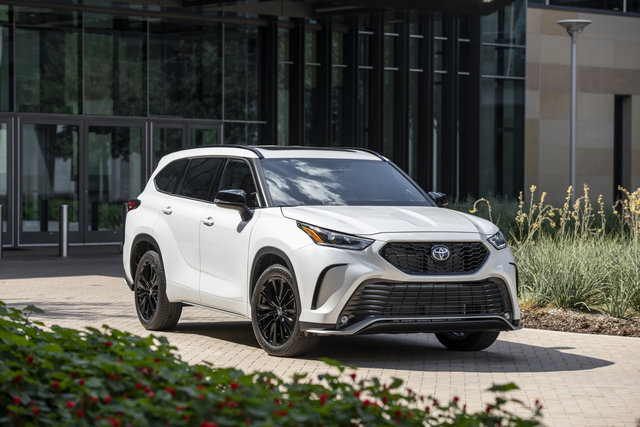If you're shopping for an affordable AWD compact SUV in Belleville, you've likely noticed RAV4...
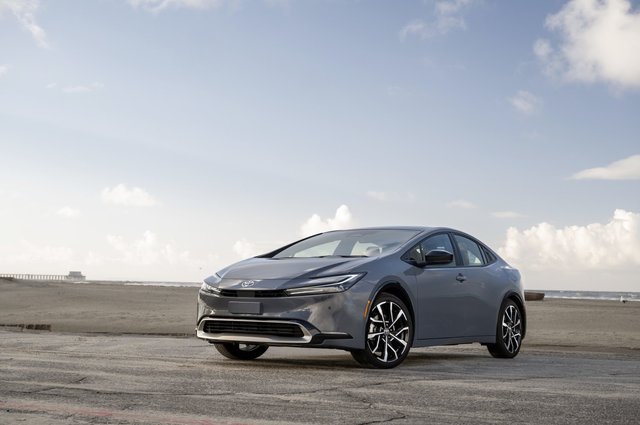
As we step into a new era of automotive technology, Toyota continues to be at the forefront of innovation with its electrified vehicle lineup for 2024. From hybrids to fully electric models, Toyota offers a range of options catering to the growing demand for sustainable and efficient transportation. However, with new technology comes questions and uncertainties. This article aims to demystify Toyota’s electrified vehicles by addressing some of the most frequently asked questions. Whether you're considering making the switch to an eco-friendly car or just curious about how these advanced vehicles operate, our comprehensive guide provides insightful answers to help you understand the nuances of Toyota's 2024 electrified vehicle lineup.
Frequently Asked Questions about 2024 Toyota Electrified Vehicles
- How does a hybrid electric vehicle work?
Toyota's hybrid electric vehicles (HEVs) combine a gasoline engine with an electric motor. This dual power system allows the vehicle to switch between the gas engine, electric motor, or use both simultaneously, depending on driving conditions. The electric motor can power the vehicle alone at low speeds, while the gasoline engine takes over at higher speeds. The battery for the electric motor is recharged through regenerative braking, converting kinetic energy into electrical energy.
- How does a plug-in hybrid electric vehicle work?
Plug-in hybrid electric vehicles (PHEVs) operate similarly to regular hybrids but with a larger battery. This larger battery allows for extended electric-only driving range. PHEVs can be plugged into an external power source to recharge their batteries, in addition to regenerative braking. When the battery's charge is depleted, the vehicle automatically switches to hybrid mode, using its gasoline engine and electric motor like a standard hybrid.
- How does a battery electric vehicle work?
Battery electric vehicles (BEVs) are solely powered by an electric motor, using energy stored in rechargeable batteries. They do not have a gasoline engine, thus they produce zero emissions from the tailpipe. BEVs are recharged by plugging into an external electrical source, and also benefit from regenerative braking to extend their range.
- How does a hydrogen fuel cell electric vehicle work?
Hydrogen fuel cell electric vehicles (FCEVs) generate electricity on board by combining hydrogen gas with oxygen from the air in a fuel cell stack. This chemical reaction produces electricity to power the electric motor, with water vapor as the only byproduct. FCEVs are refueled with hydrogen gas at specialized fueling stations, offering a driving experience and refueling time similar to conventional gasoline vehicles, while being environmentally friendly.
- Are Toyota electrified vehicles as safe as a conventionally powered vehicle?
Yes, Toyota's electrified vehicles are designed to meet the same safety standards as conventionally powered vehicles. They are equipped with advanced safety features and undergo rigorous testing to ensure passenger safety. Additionally, their battery systems are securely enclosed to prevent damage and are designed to shut down automatically in the event of a collision.
- Do Toyota electrified vehicles require additional maintenance?
Toyota electrified vehicles generally require less maintenance than conventional vehicles due to fewer moving parts in the electric motor compared to a gasoline engine. Routine maintenance such as tire rotations, brake pad replacement, and fluid checks are still necessary. However, tasks like oil changes are less frequent in hybrids and not applicable in BEVs.
- Do I need to change my driving or refueling habits with a Toyota electrified vehicle?
Driving a Toyota hybrid electric vehicle does not require a significant change in habits. The Hybrid Synergy Drive system works seamlessly, automatically optimizing the use of gas and electric power. Refueling a hybrid is the same as a conventional vehicle. PHEVs offer the added benefit of electric-only range with the option to plug in, giving drivers more flexibility. For BEVs, drivers will need to plan for regular charging, and FCEVs require refueling at hydrogen stations.
These FAQs provide a basic understanding of the different types of electrified vehicles offered by Toyota in 2024, highlighting their functionality, safety, maintenance requirements, and the impact on driving and refueling habits.
Other Articles That May Interest You
Towing a boat to Sandbanks Provincial Park or hauling a camper through Picton's winding roads...
Advanced driver assistance systems have moved from luxury-car exclusives to standard equipment on...

